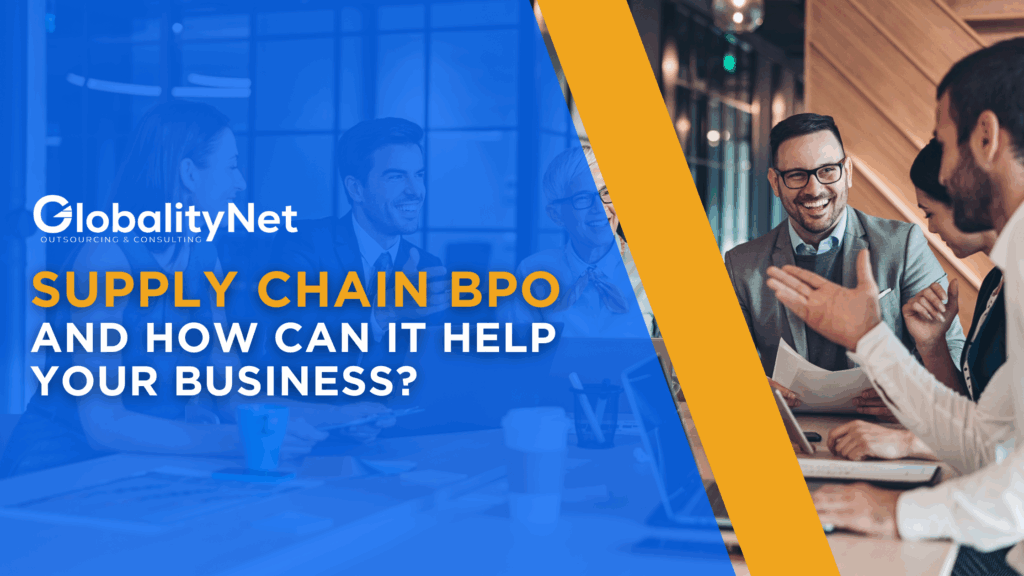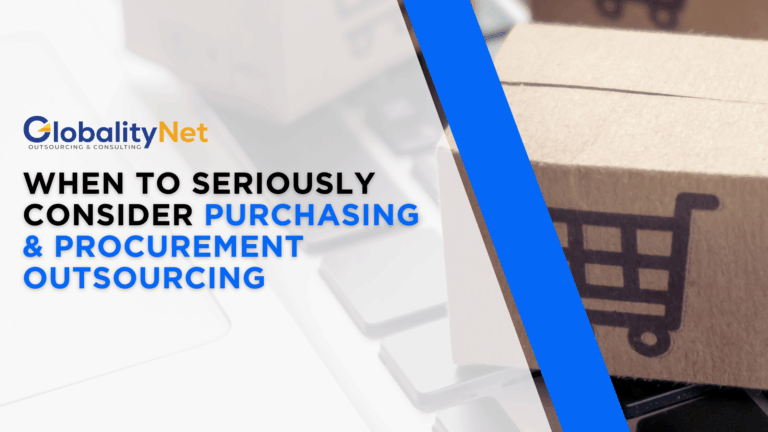If you’re running a product business today, you’re probably feeling the squeeze: rising costs, long lead times, constant firefighting across suppliers, inventory, and customer promises. As a consultant who’s built, outsourced, and run supply-chain teams for brands big and small, I get asked a simple question all the time:
“What exactly is Supply Chain BPO—and is it right for us?”
Short answer: Supply Chain BPO (Business Process Outsourcing) is the structured handoff of specific, repeatable supply-chain workflows to a specialist team that does them faster, cheaper, and with fewer errors—while you keep control over strategy, brand, and key decisions.
Done right, it’s the lever that frees your leaders to think, your systems to hum, and your cash to work.
What falls under Supply Chain BPO?
Think of the end-to-end flow: plan → buy → move → store → fulfill → support. Within that, the best candidates for outsourcing are well-defined, measurable, and process-driven.
- Purchasing outsourcing
PO creation, vendor follow-ups, expediting, price/term updates, and maintaining item/vendor masters across ERP/WMS.
- Order management outsourcing
Order entry, EDI/portal management, ATP checks, backorder management, RMA initiation, and “promise-date” communication with customers.
- Inventory management outsourcing
Cycle counts coordination, reconciliation, slow-/dead-stock reporting, safety stock upkeep, and SKU hygiene (units, UOM, pack sizes, kitting rules).
- Inventory planning outsourcing
Demand/supply planning, MRP runs, buy signals, exception management, and “what-if” scenarios for promos or seasonality.
- Logistics team outsourcing
Carrier tendering, track & trace, appointment setting, OS&D claims, freight audit, and small-parcel rule tuning (DIM, zones, surcharges).
Each of these areas has clear SLAs, KPIs, and playbooks—perfect for an expert offshore or nearshore team working inside your systems.
“But won’t we lose control?”
No. You outsource the execution, not the ownership. Your leadership sets policy: service levels, sourcing strategy, approved vendors, target inventory, and customer commitments. The BPO team executes to your rules, in your tech stack, with your data governance. Think of it like adding a high-performing operations hub that scales up or down without the hiring headaches.
What problems does Supply Chain BPO actually solve?
- Capacity crunch:
Your managers are buried in tickets and spreadsheets. Outsourcing absorbs the repetitive workload so leaders can focus on supplier strategy, new product launches, and margin.
- Error creep:
Bad item masters, wrong UOMs, mismatched lead times—these are silent profit leaks. A disciplined BPO team cleans and maintains the data layer relentlessly.
- Visibility gaps:
You can’t fix what you can’t see. A good partner builds daily dashboards for POs at risk, late orders, aged inventory, and freight exceptions. - Cost pressure:
Labor arbitrage is real—but the bigger win is process discipline. Standard work + audit trails = fewer chargebacks, fewer expedites, and better cash conversion.
Where the ROI shows up (quickly)
- Service: On-time, in-full (OTIF) moves up because order promises are monitored and exceptions are chased—every day.
- Cash: Inventory turns improve as planning and PO timing tighten. Dead stock flags early; you act sooner.
- Cost: Lower overhead per transaction and fewer premium freights, chargebacks, and rework.
- Speed: New customers, new SKUs, and new channels ramp faster because the ops backbone scales.
I typically see the first measurable gains within one quarter: cleaner masters, fewer “where’s my order?” emails, and a calmer warehouse.
How we structure a Supply Chain BPO program (my playbook)
- Baseline + blueprint (2–4 weeks):
Map current workflows, throughput, and error rates. Lock SLAs/KPIs (e.g., PO ack within 24h, order entry within 2h, inventory accuracy ≥ 98.5%). Document “golden rules.”
- Pilot lane (4–6 weeks):
Start with one domain—often order management outsourcing or purchasing outsourcing—and one business unit or region. Measure weekly; iterate SOPs.
- Scale lanes & automate:
Layer in inventory management outsourcing, inventory planning outsourcing, and logistics team outsourcing. Introduce simple automations (ERP MRP runs, EDI bots, email parsers, carrier API triggers).
- Governance rhythm:
Daily huddles, weekly KPI reviews, monthly continuous-improvement (kaizen) sessions. Clear escalation paths and RACI so nothing gets dropped between teams.
Continuous improvement:
Retire manual steps, optimize MOQ/EOQ, tune safety stocks, reduce touches, and chase root causes—supplier, system, or process.
What to keep in-house vs. outsource
Keep in-house (you own the strategy):
- Supplier strategy and contracting
- Product roadmap and cost-engineering priorities
- Customer/channel strategy and service policy
- Approvals for exceptions that impact brand or margin
Outsource (we run the playbook):
- Transaction-heavy, rules-based tasks across purchasing, orders, inventory, and logistics
- Daily exception hunting and follow-ups
- Master data upkeep and audit
Reporting packs and KPI hygiene
Common objections—and my straight answers
- “Our processes are too unique.”
Uniqueness usually lives in 10–20% of the steps. The other 80–90% is standard and benefits most from scale and rigor. - “We tried outsourcing before; it didn’t stick.”
Likely missing: real SOPs, a training ladder, and a governance cadence. BPO fails when it’s treated like staff augmentation instead of a process product. - “Security worries me.”
Good. It should. Solve with role-based access, SSO, strict change control on masters, and activity logs. We run limited-scope sandboxes before promoting to prod.
The tech question: whose systems?
Yours. Mature BPO partners work directly inside your ERP, WMS, OMS, TMS, and collaboration tools. That keeps data centralized and audit-ready. If you’re mid-implementation (or still on spreadsheets), we can stand up interim workflows and migrate gracefully.
Metrics that matter (the non-negotiables)
- Purchase order: % acks in ≤24h, % on-time receipts vs. promise, expedite rate
- Orders: order-entry lead time, ship-promise accuracy, backorder duration, RMA cycle time
- Inventory: accuracy (by location), aged inventory %, forecast accuracy (MAPE), stockout frequency
- Logistics: on-time pickup/delivery, damage/claim rate, cost per shipment/order
- Quality: ticket resolution time, first-pass yield on data changes, SOP adherence score
If your partner can’t show these weekly, keep walking.
Signs you’re ready
- Your team lives in inboxes and spreadsheets.
- Inventory “surprises” keep hitting cash and service.
- Leaders are stuck in transactions, not strategy.
- You’re adding channels or SKUs, but ops can’t keep pace.
If that feels familiar, start with one lane and a 90-day plan. Prove value, then scale.
Final word
Supply Chain BPO isn’t about giving away control—it’s about installing control where it matters most: clean data, crisp execution, and consistent follow-through. Whether you begin with purchasing outsourcing, order management outsourcing, inventory management outsourcing, inventory planning outsourcing, or logistics team outsourcing, the goal is the same: a quieter, more predictable operation that frees you to grow.
If you want a concrete, low-risk pilot scoped to your stack and SKU profile, I’m happy to build it










